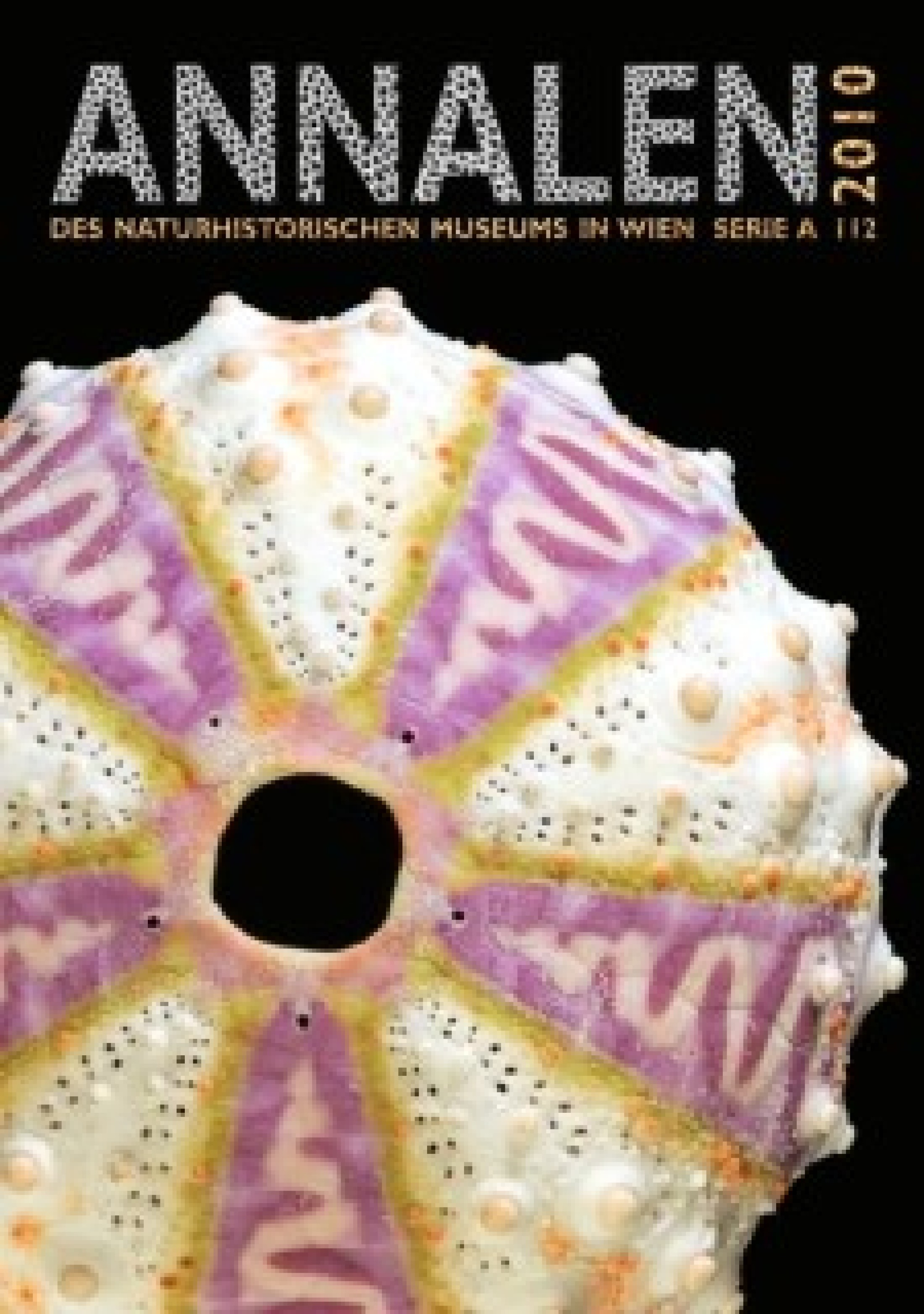annalen des naturhistorischen museums in wien, serie a 112 (2010)
ISSN: 0255-0091 ISBN: 978-3-902421-49-4
Erscheinungsdatum / Publication date: 15. June 2010




































Fragen oder Anregungen? - Kontaktieren Sie den Herausgeber:
Questions or comments? - Contact the editor:
Andreas Kroh ()
